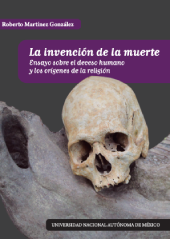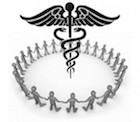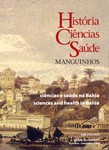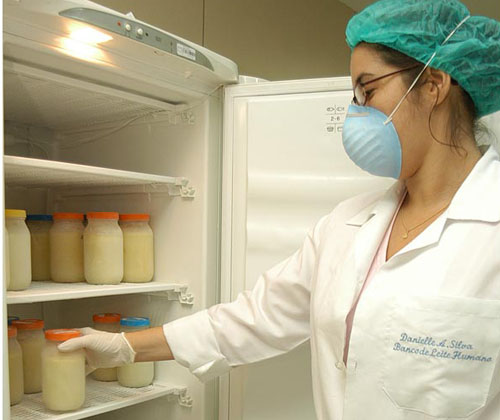Feb 2023

Intensive efforts to urbanize the city of Rio de Janeiro and civilize its inhabitants began in the nineteenth century and the press was considered one of the most important instruments in this process of civilization, publishing a wide variety of knowledge and novelties in its periodicals that suggested a new way for the population to live.
In the article On caring for the body: the press and hygiene in nineteenth-century Rio de Janeiro, Vinicius Cranek Gagliardo, Researcher at the Center for Research in Assistive Technologies/Hermínio Ometto Foundation, Professor at Nossa Senhora Auxiliadora Institute and Araras Secretary of Education, examines the pedagogical discourse constructed during this period and recommendations related to bodily hygiene and care.
Women and men became the targets of a series of prescriptions in the press that described in detail how the people of the city should care for their body and health, after all, a healthy body was a prerequisite for shaping men and women suitable to contribute to the future of the Empire.
Countless everyday elements became the target of hygiene measures by the authorities and doctors who worked in the city. Various periodicals, some edited by physicians and surgeons, described ways of caring for the body that included “daily cleaning and grooming, which have such a strong influence on health”.
Medical journals during the first half of the nineteenth century were nearly always published under the care of one of Rio de Janeiro’s medical institutions, such as the Society of Medicine or later, the Imperial Academy of Medicine. These specialized institutions and periodicals came to regulate the behavior of the medical corps, establishing scientific norms for the production, dissemination, review, and validation of medical knowledge, especially about problems related to the public and private health of the inhabitants .
The press played a prominent role in efforts to bring Brazil into the world of “civilized nations,” as it was given the mission to enlighten and instruct the people, spreading wisdom and technical, scientific, and artistic knowledge that would form the foundation of any nation’s “progress.”
The press published a series of these recommendations that, together with other agents and discourses, sought a profound change in the sensibilities of the inhabitants with regards to their bodies. It spread the idea that, through hygiene and caring for the body (which were responsible for protection against illness and vices), “progress” could be made for the nation.
Promoting hygiene among the country’s inhabitants became a social and moral concern, since Brazil’s future depended on healthy bodies capable of building it. Journalists worked to publicize a number of methods developed to boost physical health such as regular bathing, dental cleaning and whitening, combating bad breath, hair and beard care, and adequate nutrition. For women, ways of enhancing beauty were also indicated, such as reddening lips, whitening skin, and perfuming the body.
Gagliardo, V. C.. (2022). Do cuidado do corpo: imprensa e higiene no Rio de Janeiro oitocentista. História, Ciências, Saúde-manguinhos, 29 (Hist. cienc. saude-Manguinhos, 2022 29(4)), 895–913. https://doi.org/10.1590/S0104-59702022000400002
Medicina y cultura visual: la fotografía en revistas científicas en Argentina, 1890-1915 El rol de la fotografía en la producción de conocimiento experimental.
Travestis y transexuales en las revistas argentinas de medicina El artículo aborda los discursos del campo médico en torno a las iniciativas de modificación corporal entre 1971 y 1982.
Eugenesia a través de la revista Viva Cien Años, Argentina, 1934-1947 La publicación Viva Cien Años, publicada en Argentina hasta 1947, surgió como un emprendimiento editorial dirigido por un grupo de médicos con una reconocida trayectoria en ámbitos académicos y científicos.
Revistas literarias americanistas El sitio web Memoria Chilena reúne revistas literarias americanistas de la segunda mitad del XIX y informaciones sobre colaboraciones extranjera y escritores.
Curas Milagrosas en la prensa argentina (1890-1918) Paula María Sedran y Adrián Carbonetti analizan el fenómeno de la publicidad de medicamentos de venta libre en la Región de Santa Fe (Argentina).











